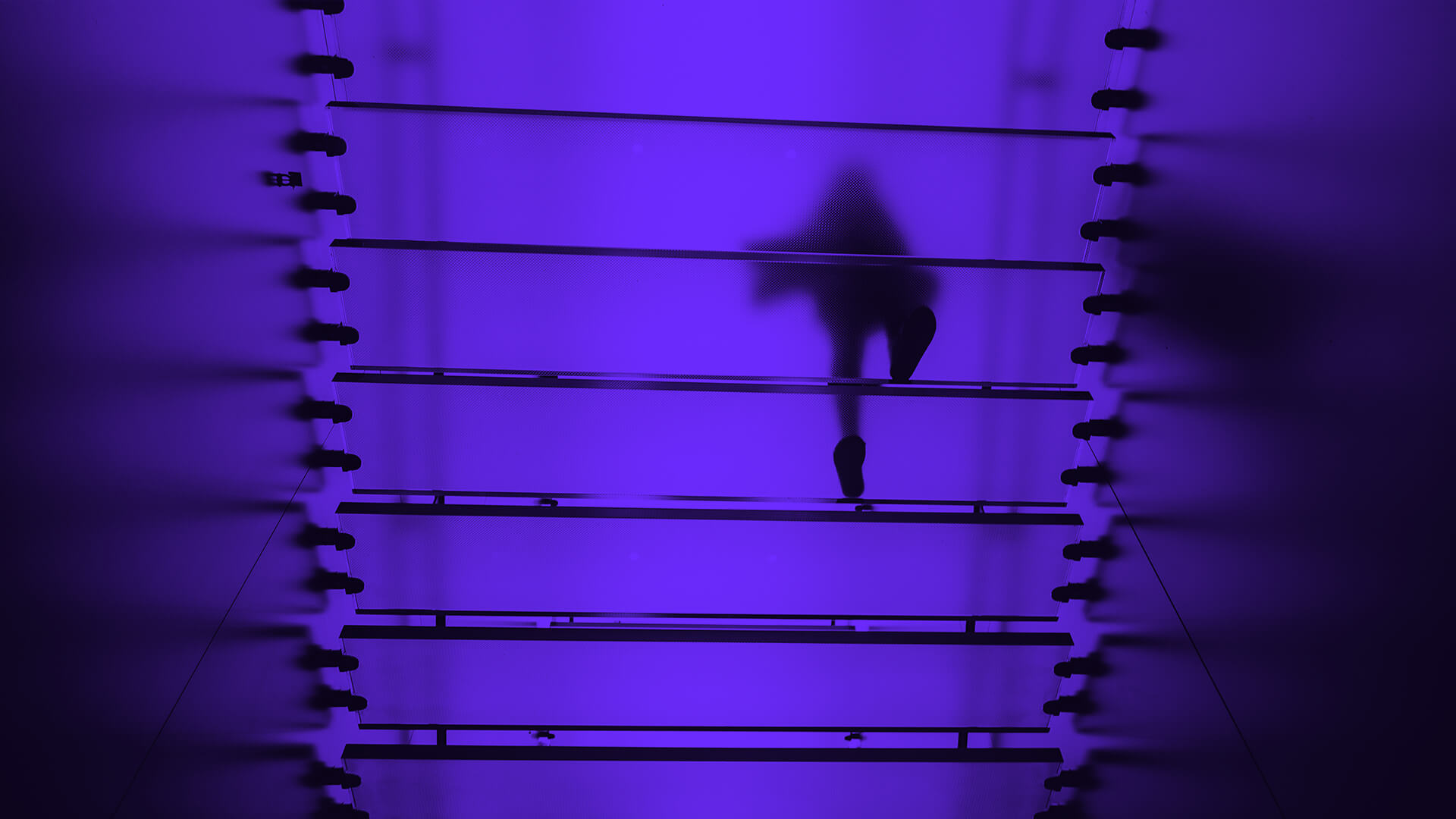Taking Advantage of the Recent Decision
As a result of a January decision by the Court of Appeals for the Federal Circuit, many recently-issued patents could have several months tacked onto their terms. The decision stems from a case filed by Wyeth and Elan Pharma International against the director of the United States Patent and Trademark Office (PTO) over the terms for two jointly-owned patents related to Alzheimer’s treatments. Wyeth and Elan claimed that the PTO had miscalculated the patent term adjustments that were owed to them as a result of the PTO’s own delays.
Patent Term Adjustments
Patent term adjustments (PTAs) were created by Congress to compensate patentees for bureaucratic delays by the patent office. Before 1995, the amount of time it took for a patent to issue did not negatively affect the length of the patent; the right to exclude others from making, using, or selling a patented device or method lasted seventeen years from the date of issue. In 1995, the United States became a party to the World Trade Organization’s Agreement on Trade-Related Aspects of Intellectual Property Rights (the TRIPS agreement), which greatly enhanced protection of intellectual property between countries.1 As part of the TRIPS agreement, Congress changed how the patent terms were calculated; instead of lasting seventeen years from the date of issue, patents would expire twenty years from the date of filing.
As a result of the change in the way expiration dates were calculated, delays in the issuance of the patent became big concerns for patent applicants. A long, bureaucratic hold-up at the PTO could significantly cut into the term of the patent. Patents that took longer than three years to issue effectively had shorter terms than were available prior to the TRIPS agreement. Each day that the patent was delayed beyond three years directly cut into the patent term. For example, a patent that took seven years to issue would have only thirteen years left in its term. The patent owner was effectively being punished for delays out of his control.
To make up for these shorter patent terms, Congress included patent term guarantees in the American Inventor’s Protection Act of 1999.2 These guarantees ensured that patents which were delayed by the patent office would have their lost time tacked back onto the end of the term of the patent.
Patent term adjustments are codified in 35 U.S.C. §154(b)(1). The statute provides for adjustments to the patent term under three different kinds of delays.
The so-called “A-delays” are delineated in Part (A) of the statute and occur when the PTO fails to respond promptly within certain prescribed deadlines. This type of delay can occur when the PTO fails to mail a first office action within fourteen months of the filing date or when the PTO takes longer than four months to respond to an applicant’s reply.3 For each day of “A-delay,” the patent term is adjusted by a day being tacked onto the end of the patent term.
“B-delays” occur when the PTO takes longer than three years to issue a patent.4 Under the patent term guarantee, each day of B-delay results in a patent term adjustment being added back onto the end of the patent term. Effectively, this guarantee ensures that a patent term would be no less than seventeen years, the same duration of a patent term prior to the TRIPS agreement.
“C-delays” are delays in issuance of the patent caused by appeals and interference proceedings or secrecy orders.5 The statute that prescribes patent term adjustments compensates patent holders one day for each day of this type delay.
The Issue in Wyeth
The patent term adjustment statute also includes provisions to account for overlaps in the three types of delays.6 In 2004, the PTO issued a notice which stated that it interpreted the statute to mean that, in situations in which both A-delays and B-delays occur, the applicant is entitled to receive only the longer of the patent term adjustments available, not both.7 The PTO reasoned that A-delays would cause B-delays and, therefore, both should not be counted.
Wyeth concluded that the PTO was improperly calculating the patent term adjustments where there is both A-delay and B-delay and filed suit in district court for the District of Columbia, asserting that the PTO had misinterpreted the statute.8 Wyeth argued that it was entitled to extensions for both A-delays and B-delays, minus any overlap. For Wyeth, the difference was significant: U.S. Patent 7,179,892 should have received 294 days more, and U.S. Patent 7,189,819 was owed 230 more days.
The PTO countered that Wyeth’s interpretation would lead to a “windfall” for the patent applicant because the applicant would be overcompensated for the PTO’s delay.9 Furthermore, the PTO argued that Congress did not intend for the patentee to get more than seventeen years of patent protection.
The District Court, in finding for Wyeth, held that the PTO’s interpretation went beyond the plain language of the statute. United States District Judge James Robertson opined that, if Congress had intended to limit the patent term to seventeen years, the statute could easily have been written that way.10
The PTO appealed the decision in November 2008. The Court of Appeals for the Federal Circuit took up the case and, after hearing the arguments, decided unanimously to affirm the district court opinion that the PTO had improperly calculated the patent term.11 The Court held that the language of the patent term adjustment statute was unambiguous that both A delays and B delays must be counted unless they occur on the same day.12
A Greater Impact on Biotech Companies
It is not surprising that the challenge to the PTO’s 2004 interpretation of the patent term adjustment act came from two pharmaceutical companies. Patent term adjustments are particularly important for biotechnology companies because often several generic competitors are eagerly waiting for expiration of the patent so that they can enter a lucrative market. Each remaining day of the patent term may be worth hundreds of thousands of dollars in potential revenue to the innovator pharmaceutical company. When a patent on a blockbuster drug expires, the company that owns the patent potentially faces substantial losses in revenue. Pfizer, for example, has stated that it anticipates a significant drop in revenue after the patent on Lipitor®, which accounts for one-quarter of Pfizer’s revenue, expires in 2011.13
Biotechnology companies also are likely to be affected more than other patent holders because the application process faces more delays. In 2009, the average patent in the Tech Center 1600, where Biotechnology and Organic Chemistry patents are handled, issued in 35.1 months compared to 34.6 months for all other technology groups.14 The Average First Action Pendency was 22.8 months, 8.8 months longer than the PTO’s goal of fourteen months.15 Based on this data, on average, a patent holder for a biotechnology application could expect about 264 days of patent term adjustment for A-delays.
Finally, the value of a biotech patent is often the maximum at the end of the term because the patented product has become established in the marketplace and has developed brand recognition. Doctors and patients generally have more confidence in the product since the effectiveness of the drug has been well established. As a result, the biotechnology company generally wants to ensure that as much time is credited to a patent term as is possible.
Correcting Patent Term Adjustment Errors
In late January 2010, the PTO announced that it would not appeal the decision of the Federal Circuit; instead, it released interim guidelines on how to request a recalculation of the patent term adjustment based on the Wyeth decision.16 The guidelines provide a free alternative to the normal process for requesting reconsideration.17
Under the interim guidelines, there is a narrow window for obtaining a recalculation of the patent term adjustment. Only those patents which issued prior to March 2, 2010, and in which the issue is the overlapping delays are eligible for a recalculation request. The PTO has stated that the patent holder must file the request within 180 days of the patent granting date. The PTO has provided a simple form for those who are eligible, entitled, “Request for Recalculation of Patent Term Adjustment In View of Wyeth.”18
The PTO updated the software that calculates PTA on March 2, 2010. If a patentee believes that the PTO has miscalculated a patent term despite the updates, a request for reconsideration should be filed within two months of the issue date. Because of strict deadlines, patentees must act quickly to request recalculations.
Conclusions
Errors in calculating patent term adjustments
are not unusual. Because of the potentially strong financial impact of an
error, especially for biotechnology companies, patent applicants should perform
their own calculations for patent term adjustments and promptly request
reconsideration if that is an option.
[1] See Uruguay Round Agreements Act, Pub. L. No. 103-465, §532, 108 Stat. 4809, 4984 (1994).
[2] See Consolidated Appropriations Act, Pub. L. 106-113, 113 Stat. 1501A-557 (1999).
[3] 35 U.S.C. §154(b)(1)(A).
[4] Id. §154(b)(1)(B).
[5] Id. §154(b)(1)(C).
[6] Id. §154(b)(2)(A).
[7] Explanation of 37 CFR 1.703(f) and of the United States Patent and Trademark Office Interpretation of 35 U.S.C. 154(b)(2)(A), 69 Fed. Reg. 34238 (June 18, 2004).
[8] Wyeth v. Dudas, 580 F. Supp. 2d 138 (D.D.C. 2008).
[9] Id. at 9.
[10] Id.
[11] Wyeth v. Kappos, 591 F.3d 1364 (Fed. Cir. 2010).
[12] Id. at 10.
[13] “Pfizer to Cut Researchers in Preparation for Lipitor Patent Expiration.” Duff Wilson, The New York Times, Jan. 4, 2009. Available at <http://www.nytimes.com/2009/ 01/14/business/worldbusiness/14iht-pfizer.1.19344642.html?_r=1>. Last accessed April 21, 2010.
[14] Performance and Accountability Report Fiscal Year 2009. U.S. Patent and Trademark Office. Available at <http://www.uspto.gov/web/offices/com/annual/2009/oai_05_wlt_04.html>. Last accessed April 21, 2010.
[15] Performance and Accountability Report Fiscal Year 2009. U.S. Patent and Trademark Office. Available at <http://www.uspto.gov/web/offices/com/annual/2009/oai_05_wlt_04.html>. Last accessed April 21, 2010.
[16] U.S. Patent and Trademark Office, Interim Procedure for Patentees to Request a Recalculation of the Patent Term Adjustment to Comply with the Federal Circuit Decision in Wyeth v. Kappos Regarding the Overlapping Delay Provision of 35 U.S.C. 154(b)(2)(A). Jan. 26, 2010. Available at <http://www.uspto.gov/patents/announce/pta_wyeth.pdf>. Last accessed April 21, 2010.
[17] See 37 C.F.R. §1.705 (2010).
[18] See U.S. Patent and Trademark Office Form PTO/SB/131. Available at <www.uspto.gov/forms/sb0131.pdf>. Last accessed April 21, 2010.
Finis
Citations
- See Uruguay Round Agreements Act, Pub. L. No. 103-465, §532, 108 Stat. 4809, 4984 (1994). Jump back to footnote 1 in the text
- See Consolidated Appropriations Act, Pub. L. 106-113, 113 Stat. 1501A-557 (1999). Jump back to footnote 2 in the text
- 35 U.S.C. §154(b)(1)(A). Jump back to footnote 3 in the text
- Id. §154(b)(1)(B). Jump back to footnote 4 in the text
- Id. §154(b)(1)(C). Jump back to footnote 5 in the text
- Id. §154(b)(2)(A). Jump back to footnote 6 in the text
- Explanation of 37 CFR 1.703(f) and of the United States Patent and Trademark Office Interpretation of 35 U.S.C. 154(b)(2)(A), 69 Fed. Reg. 34238 (June 18, 2004). Jump back to footnote 7 in the text
- Wyeth v. Dudas, 580 F. Supp. 2d 138 (D.D.C. 2008). Jump back to footnote 8 in the text
- Id. at 9. Jump back to footnote 9 in the text
- Id. Jump back to footnote 10 in the text
- Wyeth v. Kappos, 591 F.3d 1364 (Fed. Cir. 2010). Jump back to footnote 11 in the text
- Id. at 10. Jump back to footnote 12 in the text
- “Pfizer to Cut Researchers in Preparation for Lipitor Patent Expiration.” Duff Wilson, The New York Times, Jan. 4, 2009. Available at <http://www.nytimes.com/2009/ 01/14/business/worldbusiness/14iht-pfizer.1.19344642.html?_r=1>. Last accessed April 21, 2010. Jump back to footnote 13 in the text
- Performance and Accountability Report Fiscal Year 2009. U.S. Patent and Trademark Office. Available at <http://www.uspto.gov/web/offices/com/annual/2009/oai_05_wlt_04.html>. Last accessed April 21, 2010. Jump back to footnote 14 in the text
- Performance and Accountability Report Fiscal Year 2009. U.S. Patent and Trademark Office. Available at <http://www.uspto.gov/web/offices/com/annual/2009/oai_05_wlt_04.html>. Last accessed April 21, 2010. Jump back to footnote 15 in the text
- U.S. Patent and Trademark Office, Interim Procedure for Patentees to Request a Recalculation of the Patent Term Adjustment to Comply with the Federal Circuit Decision in Wyeth v. Kappos Regarding the Overlapping Delay Provision of 35 U.S.C. 154(b)(2)(A). Jan. 26, 2010. Available at <http://www.uspto.gov/patents/announce/pta_wyeth.pdf>. Last accessed April 21, 2010. Jump back to footnote 16 in the text
- See 37 C.F.R. §1.705 (2010). Jump back to footnote 17 in the text
- See U.S. Patent and Trademark Office Form PTO/SB/131. Available at <www.uspto.gov/forms/sb0131.pdf>. Last accessed April 21, 2010. Jump back to footnote 18 in the text


